What is Pantone Color?
Pantone is a standard ‘Color Matching System’ where a code number is used to identify each color. Whatever the color, it is easy to identify any color with the help of Pantone Color Guide, because each color has a different or unique code number. A page has more than one swatch for just a single color, that means, the luminance varies from light to dark for any color like yellow and has many yellow colors. This Pantone Color Guide is used in the textile industry for color matching with dyed samples after fabric coloration process.
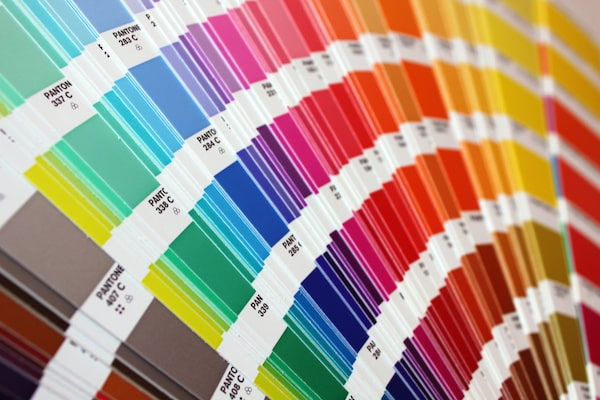
History of Pantone
PANTONE was founded in 1962, at a time when the company only made color cards for cosmetics, paints, property furnishing companies. The company was then bought by “Lawrence Herbert”, who had been an employee of the company since 1956. In 1963, he invented the first color matching system “PANTONE”. The Pantone Guide has become very popular in the color matching system, as activities in the dyeing and printing industry today cannot be imagined without the Pantone Color Guide. These are small (approximately 6×2 inches or 15×5 cm) thin cardboard sheets held together on one side with a series of related color swatches.
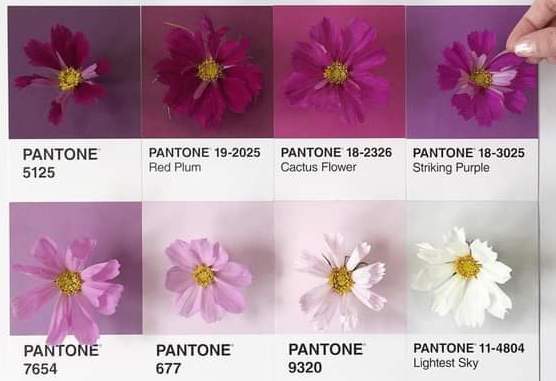
Importance of Pantone Color Guide in Textile Industry?
The Pantone Color Guide is a blessing in disguise for fabric coloration in the textile industry. Suppose the buyer tells you from America that he will need 1000 kg of dyed fabric with ‘light peach cream color’. But how do you know exactly what color he is talking about? In this case, your colleagues will give different opinions, but the correct decision can’t be reached. But this will be easier if you have a Pantone Color Guide, if the buyer says the pantone number like “Peach Fuzz 13-1023 TPX” instead of the name of the color, then you can easily find that color from the Pantone Guide. In other words, Pantone Book has made it easy to get ideas about specific colors before dyeing and matching colors with the samples after coloration process.
Types of Pantone Color Guides
Pantone guide plays an important role in the textile industry in fabric dyeing and printing and also for shade matching. There are mainly two types of Pantone Guides- TCX & TPX. Both are designed from the Pantone Textile Color System.
1) Textile Color on Cotton (TCX)
These are colorful pure “Cotton Swatch” in each individual color. It looks like a passport guide or chip set. However, TCX Pantone books are much more expensive. Because it is a complete cotton swatch, it can cost from hundreds to thousands of dollars.
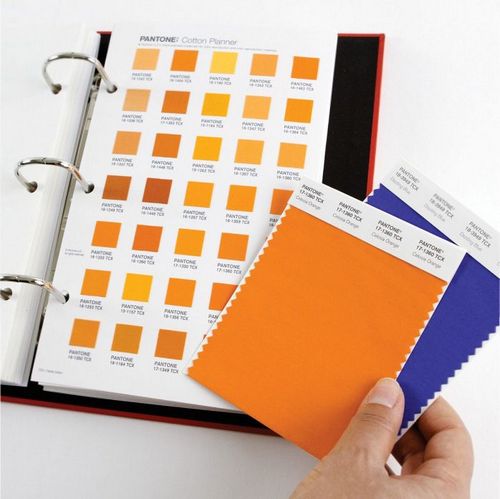
For example:
PANTONE 19-4052 TCX
Classic Blue
2) Textile Color on Paper (TPX)
In this case it is made of “Paper Swatch” instead of cotton swatch, and each swatch is colored in a unique color. The TPX Pantone Book is much cheaper than the TCX. The TPX Pantone book has recently been updated to the TPG Pantone book. TPX & TPG colors are the same, but the TPG is much more eco-friendly. (Textile Paper Green – All lead and chromium content removed from TPX products for eco-friendly update)
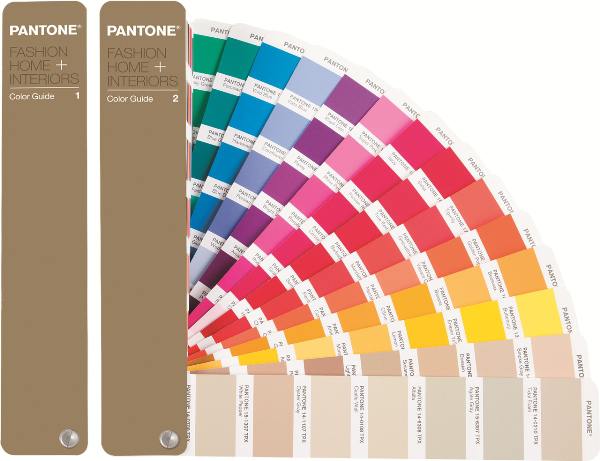
For example:
PANTONE 17-5126 TPX
Viridian Green
Uses of TCX and TPX
We already know about TCX & TPX. But we do not know which should be used in which cases or for what purpose. Both TCX and TPX are Pantone color standards, but they are designed separately for different purposes. Here TCX stands for “Textile Cotton eXtend” and TPX stands for “Textile Paper eXtend”. TCX is commonly used as a standard color swatch for reactive and disperse dyeing and TPX is followed for pigments, that means it is used as color standard for printing.
Differences Between the Shades of TCX and TPX
Many times the buyer gives the color code from TCX to the manufacturer when ordering, but in case manufacturer have TPX Pantone book instead of TCX. After dyeing the fabric is matched with TPX, they noticed that the shade did not match. Now the main reasons why there is a difference between the shades of TCX and TPX in the same color code are analyzed below-
1) There are a little difference between the Fabric & Paper versions of the system. Here, TCX is the standard color swatch dyed on poplin fabric and TPX is the standard color swatch printed on paper. Since TPX is a color printed on paper, its color lightness and brightness will be a little higher than TCX. On the other hand, since TCX is a color applied on a cotton fabric, its color depth will be higher than TPX, also the brightness will be less.
2) So, the shades of TPX and TCX of the same Pantone number are different. In this case TPX is 15% lighter than TCX or TCX is 15% deeper than TPX. Because of the high cost of TCX, many buying houses have TPX and they write shades from TCX when ordering, but after dyeing the shades match with TPX which makes the shade look dark to them. So even if the Pantone number matches, the difference between TCX and TPX depth will remain and TCX & TPX can never be considered the same thing.
Significance of PANTONE Numbers
TCX and TPX numbers are not just a unique number, they have some special meaning that reflects some of the characteristics of the colorant. We know that there are three color attributes, namely: Hue, Value and Chroma. The pantone number here consists of 6 digits, the first two digits of which express the Lightness of the color, the middle two digits represent the Hue, i.e., Red/ Yellow/Green/Blue and the last two digits represent Chroma i.e., the dullness/vividness or depth of the color.
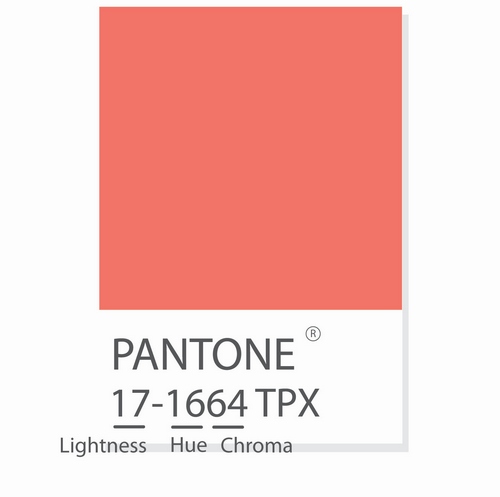
For example:
1. PANTONE 19–4052 TCX (Classic Blue)
19 = Lightness
40 = Hue
52 = Chroma
Ranges of Lightness, Hue and Chroma-
- Lightness: Minimum- 11 & Maximum- 19
- Hue: Minimum- 1 & Maximum- 64
- Chroma: Minimum- 0 & Maximum- 64
Conclusion
The importance of Pantone Color Guide in the textile industry is immense. For those who work in the textile sector, especially in the dyeing and printing section, the issues of shade matching have to be maintained carefully. This pantone guide has made their job a lot easier. This article gives a clear idea about the significance of Pantone number and difference between the shades of TCX & TPX.
References
- https://textilelearner.net/basic-concepts-of-colour-measurement/
- https://www.pantone.com/color-systems/pantone-color-systems-explained. Accessed date: 15/02/21
- https://thedesignparlour.com.au/blog/pantone-colours-for-textile-design-and-manufacturing. Accessed date: 15/02/21
- https://textilelab.blogspot.com/2018/05/tcx-tpx.html Accessed date: 16/02/21
- https://www.designface.co.uk/pantone-articles/pantone-history/#:~:text=Pantone%2C%20as%20it%20is%20today,colour%20matching%20system%20in%201963. Accessed date: 15/02/21
Author of this Article:
Md. Imran Hossain
B.Sc. in Textile Engineering
Shahid Abdur Rab Serniabat Textile Engineering College, Barisal.
Email: mdimranhossain.te@gmail.com
You may also like:
- Various Classification of Dyes | Different Types of Dyes
- Principal Classes of Synthetic Dyes and Their Characteristics
- Sustainability in Textile Dyeing and Finishing
- Natural Dyes: Dyeing Process and Environmental Impact
- Different Types of Dyeing Methods
